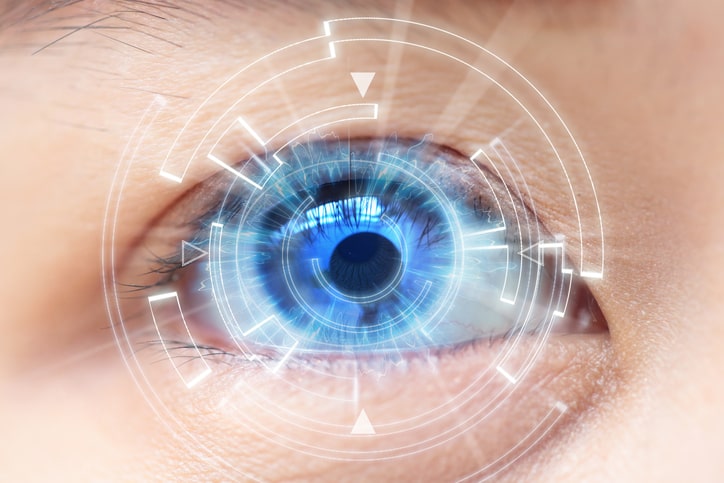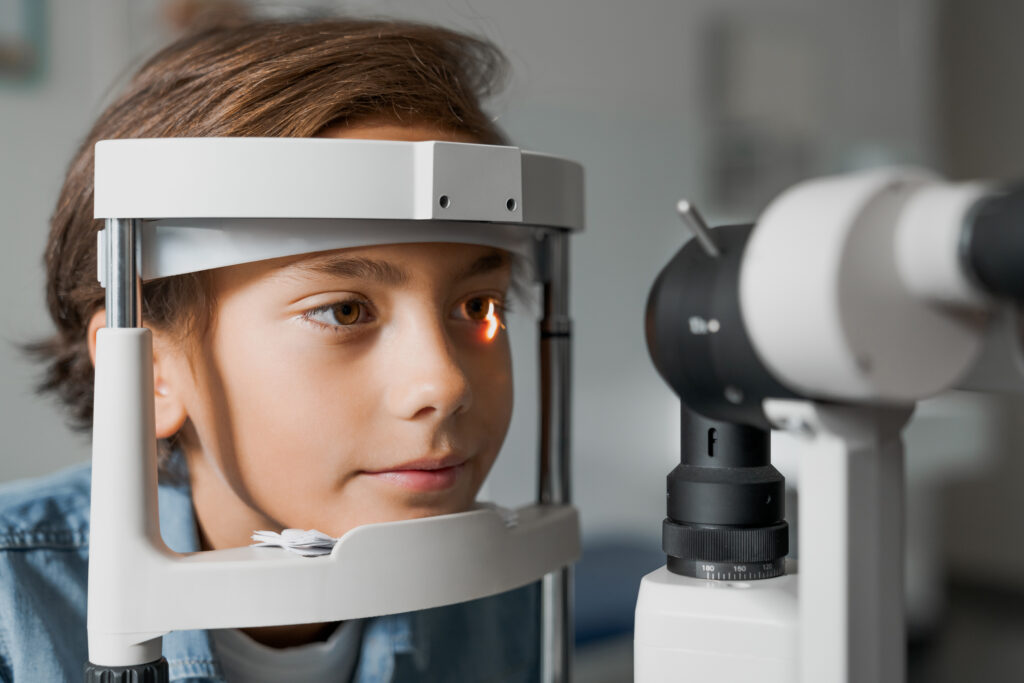I am often asked by fellow doctors how I explain OrthoK to my patients. I use simple, easy- to-understand terms. OrthoK is by far the most enjoyable part of my busy practice, and I believe all optometrists should offer it. However, many potential candidates can be lost if they think it is too complicated, too risky, or if they don’t understand how OrthoK works.
I am a single practitioner in a Michigan town of a little more than 2,000 residents, and I have been able to develop a busy OrthoK specialty by developing my skills and getting the word out. At the same time, we provide comprehensive eye care, manage ocular disease, and provide pediatric eye care and myopia management. Our service is personal, and we are very involved in connecting with the community and giving back.
Relate to a Patient’s Experience
In explaining OrthoK, I start by making direct eye contact with the patient and using open body language to convey sincerity and openness to a mutual discussion. Then I try to find some common ground or shared experience that we can use as a touchstone for explaining the mechanics of the process.
“Before we begin talking about OrthoK,” I say, “I want you to think about two glass slides, like the kind you may have had in science class. Placing these two slides on top of each other when they are dry, it is very easy to pull them apart. However, if you place a couple of drops of water between these two slides and try to pull the slides apart it becomes very difficult. The attraction between the two slides when water is present is due to ‘surface tension.’ Surface tension is part of a group of forces called fluid hydraulic forces. Orthokeratology harnesses the hydraulic forces created by the tears of your eye to mold or reshape the cornea.”
Show the Lens & Explain How it Works
I then explain the lens itself: “When you look at an orthokeratology lens (often called a ‘mold’ or a ‘vision retainer’), you may notice that the backside has some curves that are different than you would normally expect to see in a regular, daytime contact lens. These curves have a very specific role to play. Some of the curves are closer to the cornea than others. It is the difference between the depths of these curves and the cornea, plus your natural tears, that create the fluid hydraulic forces to reshape the cornea overnight. By reshaping the cornea overnight, orthokeratologists (eye doctors trained to fit OrthoK lenses), can correct a person’s vision by changing the curvature, and therefore, the power of different regions of the cornea.”
[Editors note: OrthoK is FDA approved for overnight wear and indicated for the correction of myopia and astigmatism in patients of all ages. There is currently no FDA approval for any OrthoK lens design in the U.S. for the indication of “slowing the progression of myopia.”]
Explain Risks, Benefits, and Fees
After this clinical discussion, we explain the risks and benefits of OrthoK, and then we explain fees and set expectations.
Many of my patients are the children of engineers, chemists, and health care professionals, and often the parents want a more in-depth discussion.
If that is the case, I take it one step further by saying, “Orthokeratology physically works by reshaping the clear, flexible cornea with a rigid device – the OrthoK mold. The effects from overnight orthokeratology are reversible, safe, and effective in correcting a person’s vision.”





